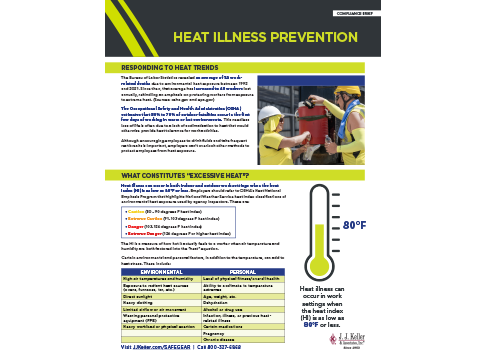June 2025
Cool Smarter, Not Harder: When to Use Evaporative vs. Wicking Fabrics
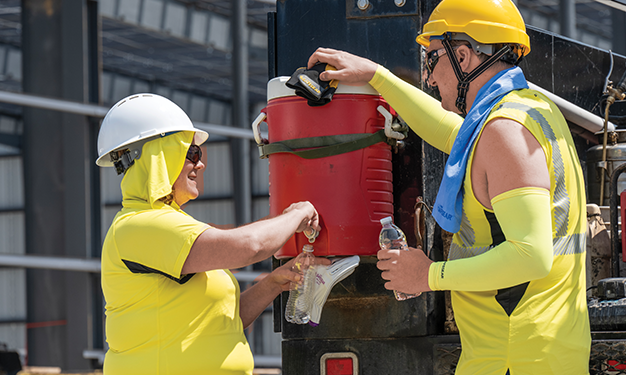
Did you know the first quarter of 2025 was the second warmest on record, continuing a trend that began in July 2023? This occurred despite weak La Niña conditions, which usually bring cooler temperatures. And, it’s looking like 2025 will be among the three hottest years ever!

Staying cool in hot environments—indoors or outdoors—often comes down to choosing the right clothing and accessories.
Two popular approaches to personal cooling are evaporative cooling and moisture-wicking fabrics. Each has its advantages, depending on the environment and activity. Understanding how they work can help you choose the best product for your needs—whether it’s a cooling bandana or a breathable shirt.
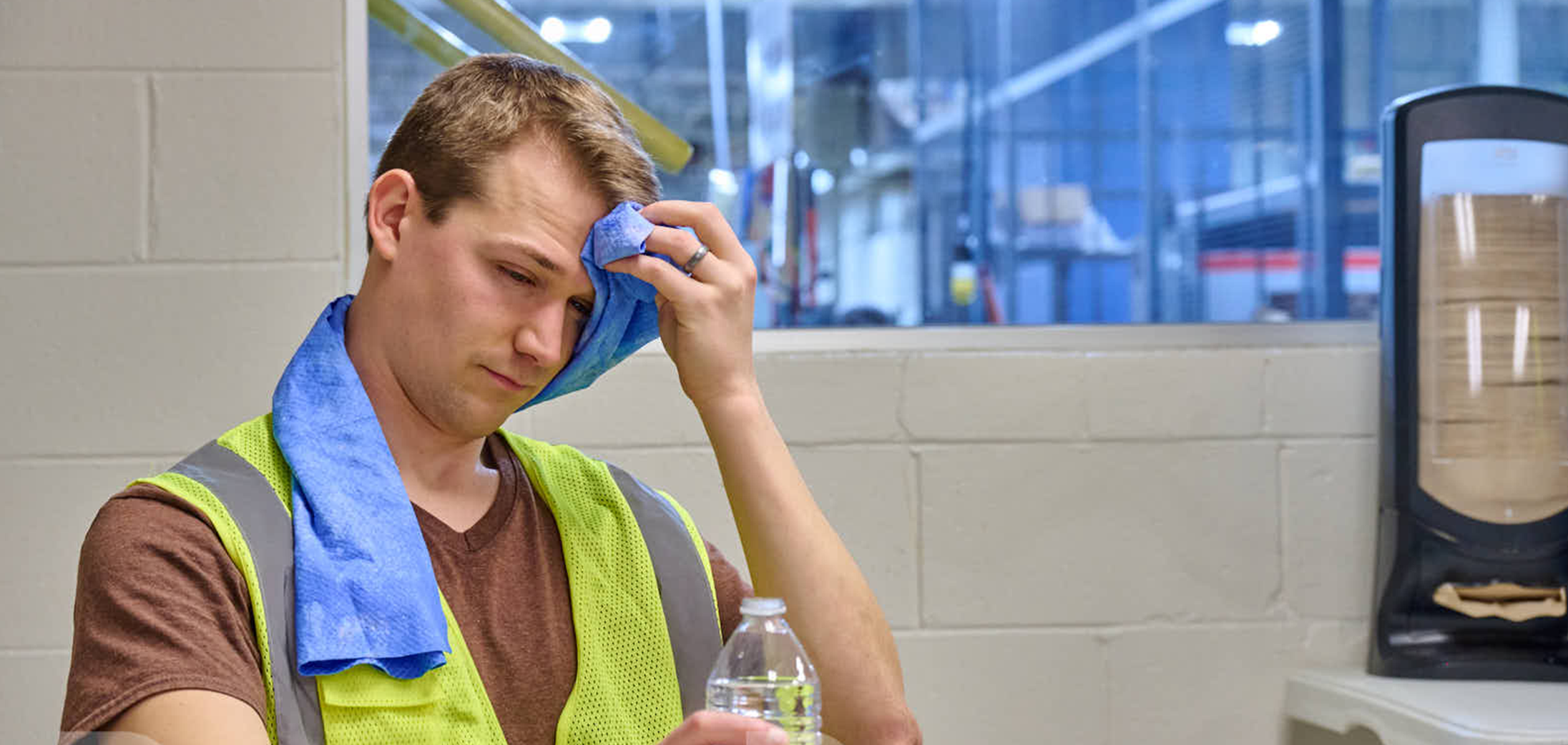
Evaporative cooling: Active heat relief
Evaporative cooling products work by using the natural cooling power of evaporation. When water evaporates, it draws heat away from the surface it’s on—whether that’s your skin or a fabric. Evaporative products such as cooling towels and bandanas are typically soaked in water, wrung out, and then worn against the skin. As the moisture evaporates over time, it cools the surrounding area.
Evaporative cooling is particularly effective in dry, low-humidity environments where evaporation occurs quickly. A water-activated cooling bandana or towel can offer instant relief for workers in arid climates.
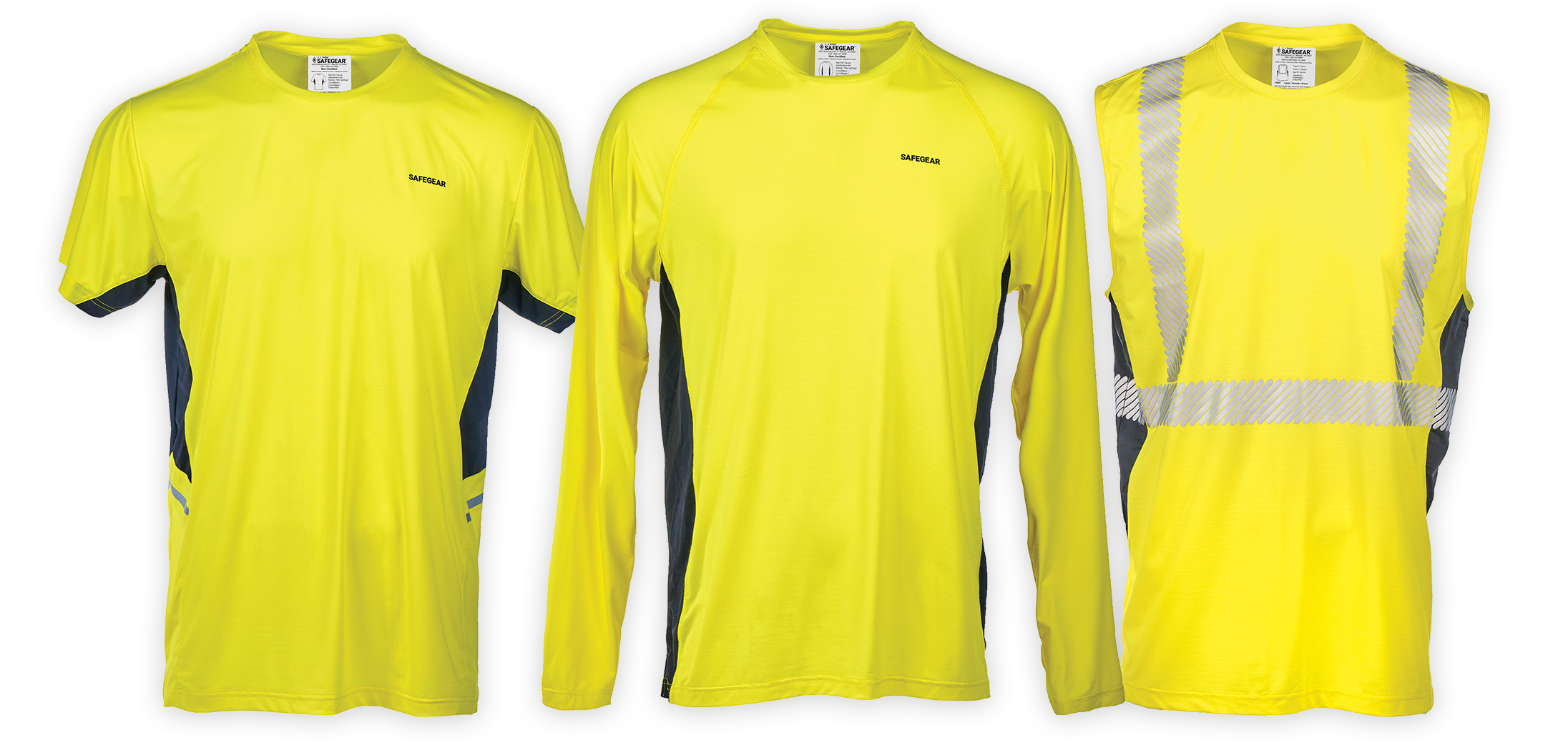
Moisture-wicking: Passive, continuous comfort
Moisture-wicking technology is commonly used in performance shirts, base layers, and athletic apparel. Instead of actively cooling, moisture-wicking fabrics like polyester blends pull sweat away from the skin and spread it across the fabric’s surface. This allows sweat to evaporate more quickly, helping the body regulate its core temperature more efficiently.
A standout fabric in this category is ChillSoft, used in J. J. Keller® SAFEGEAR® cooling shirts. The unique nylon/Spandex fabric is soft and cool to the touch, with a Q-MAX test (a measure of how cool a fabric feels, with higher scores indicating more rapid heat transfer) score of .32. As a comparison, ordinary fabrics average a .2 score.
This type of cooling is passive, meaning it doesn’t feel immediately cold like evaporative cooling, but it helps maintain long-term comfort by preventing sweat buildup. Moisture-wicking clothing is especially effective in humid or high-intensity environments where constant perspiration needs to be managed, such as industrial jobsites.
Unlike evaporative products, moisture-wicking shirts don’t require soaking or reactivation. They’re also machine washable and designed for all-day wear, making them ideal for base layers.
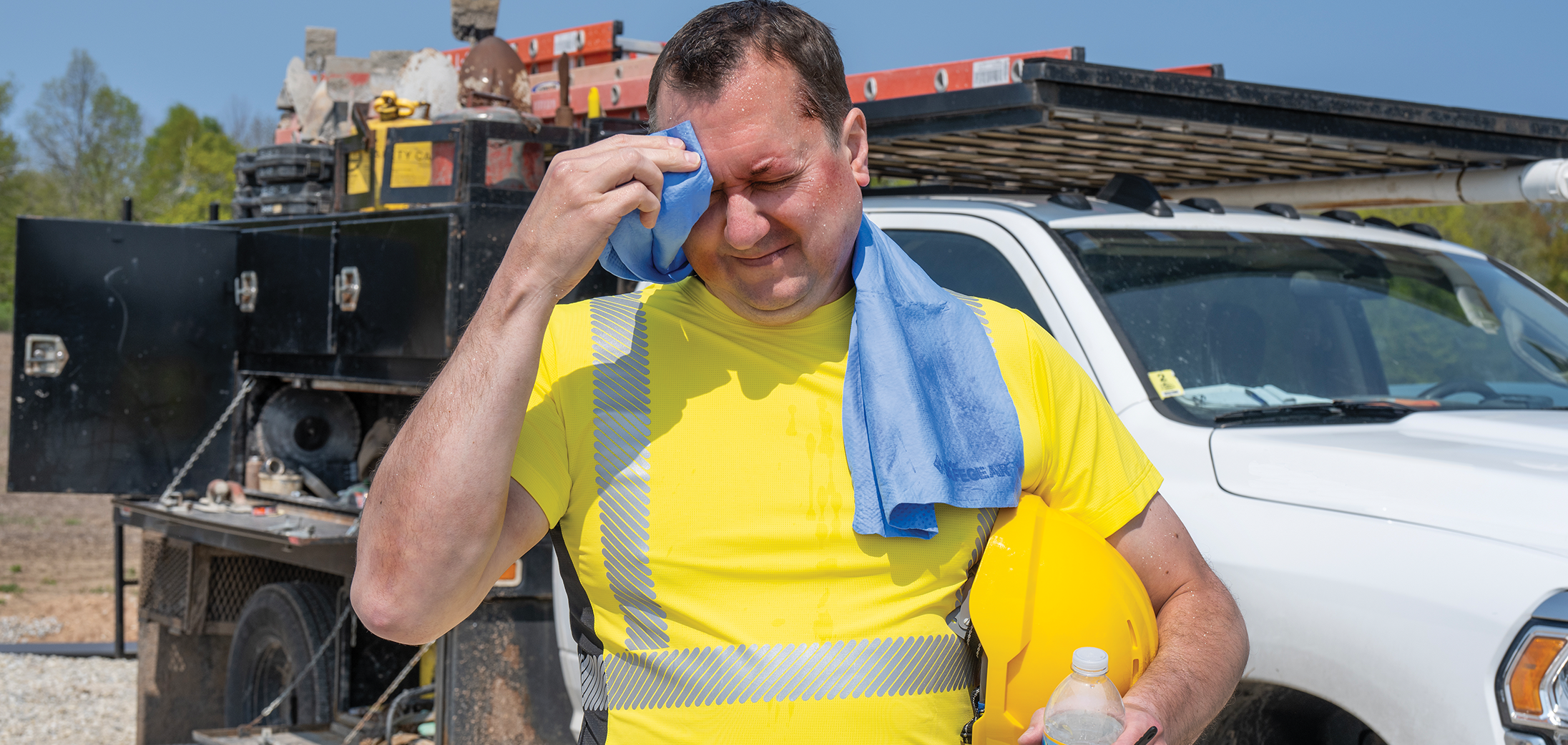
Choosing the right cooling gear
So, which is better: evaporative or moisture-wicking cooling? It depends on your environment and activity level.
Evaporative products like towels or bandanas can provide quick, refreshing relief for dry climates or short-term high heat exposure. For long-duration wear in humid conditions or during intense physical activity, moisture-wicking apparel is more practical for keeping sweat off your skin and maintaining comfort throughout the day.
In many cases, the best solution is a combination of both! A moisture-wicking shirt keeps your core cool and dry, while an evaporative towel around your neck can help manage heat spikes when needed.
GET A FREE HEAT ILLNESS PREVENTION COMPLIANCE BRIEF
Learn what constitutes excessive heat, top industries affected, and methods to protect your workers.
